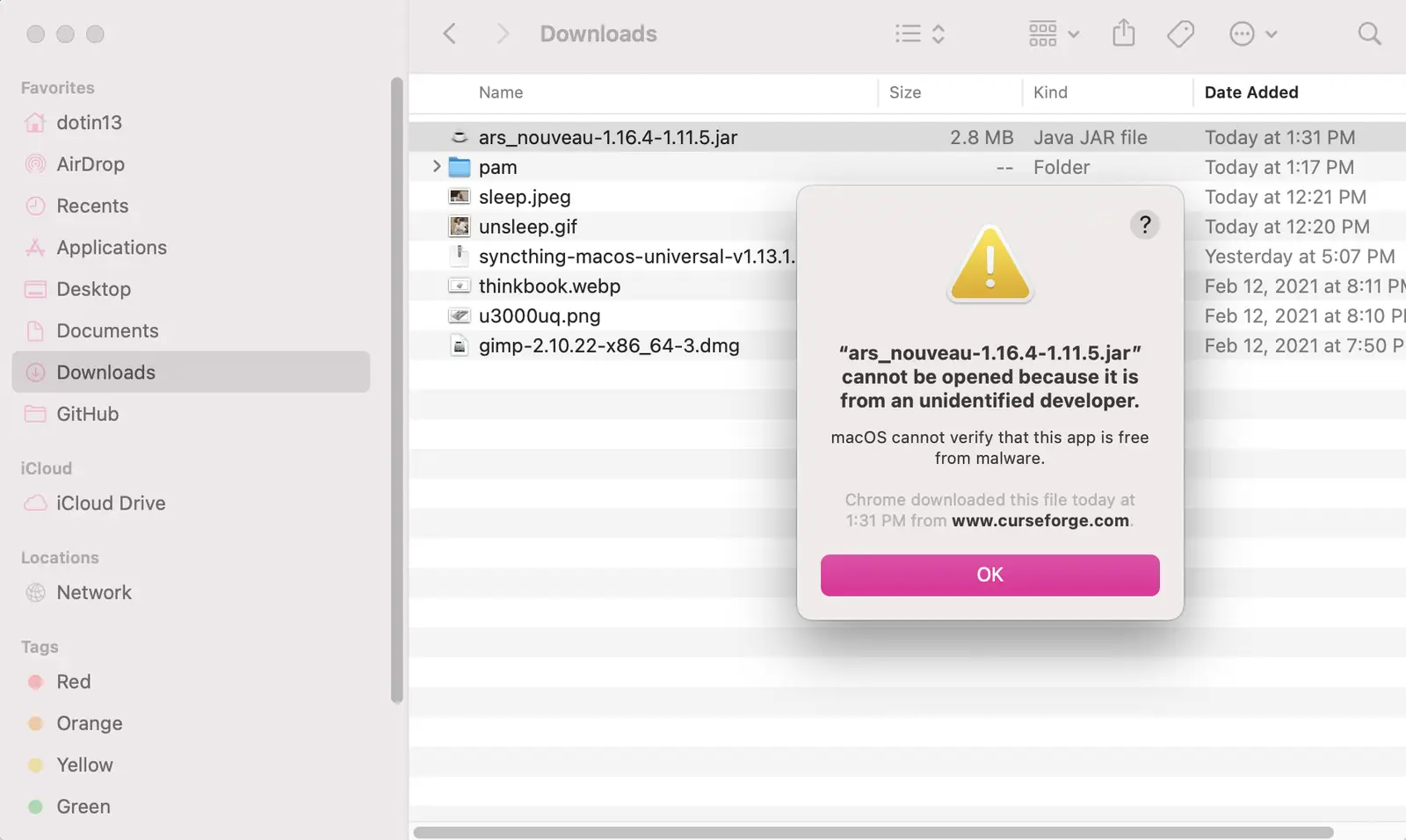# Farewell, Thinkbook

Purchased for 4500 dollars, the Thinkbook 14 2021 Ryzen version appeared to be gold on the surface, but dull on the inside. While on paper it boasted outstanding expandability, high color gamut, and performance reaching 25W, in reality, the screen was not translucent, and colorful particles were visible at a slight angle; the touchpad lacked a glass cover, making it very rough to touch when hands were sweaty, and even applying a matte film affected the feel. For a light office user like me, there was almost no fundamental improvement compared to my ASUS U3000UQ, and instead, the display and touch experience were downgraded. So, I sold it online for 50 dollars, with free shipping to ease my worries.
People in the market say that if you don’t visit the second-hand market often, you may miss out on hidden treasures. Not knowing the exact market price, the 50 dollars I received seemed a bit low, but it had served me through a semester, extracting its value to the fullest, so a cheap deal is still a deal. Well, if the next owner doesn’t like it, maybe they can make a profit.
# Hello, M1 MacBook
A friend of mine was using the old Intel MacBook Air, and with just one touch, I felt a slight temptation. During the winter break, I convinced myself, visited the Apple Store in Pudong, and easily convinced myself to spend 8999 dollars on the M1 MBA. Personally, I didn’t want the Pro version or the silver color; I wanted the golden Air. The salesperson seemed puzzled by my specific request, but with a smile, they understood, stopped asking questions, and placed the order for me.

The packaging was secure, confirming it was a genuine product. My child loved it, and we’ll definitely be back again.
# First Impressions
A work of art.
Opening the anti-static bag, removing the screen cover, I was met with a sense of luxury.
# Predecessor(s)
If the Thinkbook represents a cheap industrial/business vibe, and the U3000UQ exudes a deliberate sense of sophistication, then the MacBook Air embodies a gentle and luxurious feel, to quote a well-known gamer and variety show host, it is quietly opulent.

The design of the Thinkbook leans towards a rugged appearance with sharp edges, nearly right-angled corners, and a thick screen. The plastic bottom compromises the rigidity, lifting the left side slightly causes bending; the touchpad has large gaps around it, lacking CNC edge treatment, and the overall product represents a sense of cheapness. On the other hand, ASUS U3000UQ seems to imitate Apple’s design language with curved edges on most parts of the body, a sandblasted all-metal casing, aiming to create a high-end business style. However, in reality, ASUS falls short in detail compared to Apple; the brushed metal finish on the cover is rough on the hands, the sandblasted body lacks the finesse of Apple, and the poorly finished speaker holes at the bottom show the lack of CNC machining, appearing very uneven. It’s a product to be admired from a distance, not upon close inspection.
# MacBook
In comparison, the Apple MacBook, though still using an old mold, possesses an unmatched allure. The compact sandblasted body with delicate polishing on all sides, edges crafted with CNC technology, when touched, it feels like touching a 35-degree brass piece, warm, with no sharp edges. The subtle curvature on both sides, even more significant than U3000UQ, creates a natural and clever illusion of reducing visual thickness; after seeing the MacBook’s screen, the 4mm thick screen of the Thinkbook suddenly feels cumbersome and lacks the lightness of the MacBook.
# Hardware Interface
# Screen
The screen is the eyes of a computer. Both of my previous laptops had 1080p screens, with visible graininess, especially the Thinkbook with its matte screen, which was hard to accept. The M1 MacBook Air features a 400nits brightness DCI-P3 color gamut screen previously only seen in Pro models, and the resolution has been improved to 2K compared to my previous devices. The display is incredibly detailed, offering a fantastic user experience.
# Audio
Seeing is believing, but hearing is understanding. The audio system on this Air is the best I’ve ever heard. The first time I played music through Apple Music on speakers, I was elated because the audio truly provided an immersive experience. The sound system, located on the bottom, creates a strong surround sound effect when using the internal speakers, with clear sound levels, not just noise.
Although it may not match the M1 MacBook Pro, for me, my MBA has already justified its value by providing a comfortable audio experience, eliminating the need for headphones to enjoy music at home.
While I may not use these speakers often in the future, the rule is simple: I can choose not to use them, but they must remain there.
# Camera System
AI? Artificial intelligence? Perhaps these technologies have already been utilized in smartphone camera systems. But it was a first for me to hear about these technologies being used in a computer’s webcam to enhance audiovisual quality. The camera on the MBA surprised me; ever since I started video calling with this MBA, everyone compliments me on my fair skin. Indeed, when I see myself on the screen, I also appear rosy and the noise suppression is effective.
No more using the MIX3 for online calls; the front-facing flash on the MIX3 doesn’t even work on WeChat calls!
# Trackpad
The Thinkbook’s touchpad feels soft when hands are dry, but as soon as hands are wet or sweaty, it becomes rough and difficult to glide. The aging U3000UQ’s pointer becomes erratic when hands are wet, rendering it unusable. On the other hand, the MacBook’s touchpad doesn’t suffer from this issue; it smoothly glides even when hands are wet. Thanks to its glass surface, it feels warm to the touch, like touching a piece of jade.
Although it may sound cliché, these advantages immediately caught my attention:
- Large surface area, very convenient for scrolling and dragging.
- Seamless edges all around, no gaps or depressions found in typical Windows notebooks beside the left and right mouse buttons.
- While I cannot tap and drag like Windows, I have gotten used to clicking directly on the trackpad due to its full pressing.
Despite Apple’s strong endorsement of Haptic Feedback and Force Touch, they didn’t impress me. However, this touchpad made me completely abandon the mouse, with 2560 x 1600 pixels right at my fingertips.
# Keyboard
I heard that MacBook’s butterfly keyboard, after years of iteration, was barely usable.
But in 2020, the scissor-switch keyboard came into play. The keyboard on the MacBook shattered my preconceived notions about key travel. Although the key travel is slightly shorter compared to the Thinkbook, the rebound force is sufficient, the concave keycaps fit better on the fingertips, and typing is relatively comfortable. I’ve also tried typing on the same keyboard with a TPU keyboard cover, and indeed, the typing experience is slightly worse with the cover, making me uncertain whether I should continue using it uncovered.
On top of the rebound, the keyboard backlight is very soft. The individual LED on each keycap indeed makes the backlight more even and provides a sense of security.

However, one perplexing issue is the frequent malfunction with the switch between Chinese and English characters. After switching from Pinyin to English, pressing the switch key occasionally shows no response, or sometimes it fails to switch, leading to the Caps Lock indicator turning on. Born to be imperfect?
# Hinges
The Thinkbook’s hinges are very tight, requiring both hands to open and close. The U3000UQ’s hinges can be operated with one hand but feel stiff. In the end, it was the MacBook that truly allowed me to experience the hinges of a “thousand-dollar machine.” Gripping the indentation, the screen is magnetically attached to the base, with a slight push, the screen opens smoothly as the magnetic force gradually lets go with distance. Pushing the screen further, the base remains stable like a rock, while the screen slides effortlessly like it’s greased, with uniform damping, making it a pleasure to handle.
# Initial Experience with M1 MacBook Air
# Software Interface - macOS
macOS gives off a sense of warmth.
# Animation
My dad, Joy, has always been trying to find beautiful system-level animations on Linux, but macOS has already internalized them. The animations I used on Manjaro+Gnome, like the launcher opening with stuttering animation and no animations when opening/closing apps, pale in comparison. macOS’s application icons jump when opened, making me empathize with my impatience. When closed, they shrink, indicating that they are temporarily folded up and waiting. These animations make interacting with the computer feel relaxed. This is something you can’t experience on Windows/Gnome, let alone on a WM like Sway that prioritizes efficiency.
# Security

macOS has always been trying to protect my security. Regardless of the program I run, it checks if it’s made and distributed by trusted developers. If not, I can only open it forcefully with Ctrl+Open, indicating that I’m willing to take risks. In comparison, Windows only blocks what it deems dangerous, making macOS seem more conservative.
# Artificial Artificial Intelligence
My roommate often calls Siri artificial artificial intelligence because she doesn’t know which day’s weather I’m asking for, that I’m not going home today but to the dorm, or that I love listening to Liu Ruoying’s “Later”. However, I think having someone there when you’re alone isn’t so bad.
I ask her to send a message to my loved ones, to wake me up in half an hour, to play some music randomly… She may not know everything, but she often lets me know something.
# Drawbacks
macOS is warm but also stubborn. It doesn’t want to support reading and writing to NTFS hard drives. On the M1 MacBook, there are even difficulties in reading them (though I hope it’s just Big Sur’s problem). It can’t perfectly support old 1080P monitors, looking less sharp on my old ViewSonic display (which can be understandable). It lacks the freedom to execute shortcuts through .desktop files like Unix or add background Daemons with systemctl (but this could be due to my lack of macOS proficiency).
At the same time, all the old 2.4GHz mice at home are unusable, and I had to dig out one of Joy’s wired optical mice just to play Minecraft (thankfully, there were no trackballs in stock).
However, all in all, the good outweighs the bad.
# Fiddling
For Windows, the ARM64 architecture is still experimental, and the same goes for macOS. Some applications cannot be installed and run directly with one click, like Ruby, Minecraft, KDEConnect, and so on.
But this computer has brought me endless joy in my mundane winter break, because fiddling is both an original sin and an original delight.


# Conclusion
The MacBook Air truly is a computer that makes my heart leap with joy. Unlike a Windows computer that is just a tool meant for practical use, the MacBook truly feels like it is appealing to me, urging me to give up old devices and migrate tasks to it because it can do them better, whether it’s document processing, web browsing, or video calling. And more importantly, I feel the warmth of macOS. I am certain that this is an operating system that is hard to let go of, as it is truly user-oriented.
Indeed, the M1 MacBook still has many compatibility issues, but most of them can be resolved through fiddling, which is arguably the most natural and wonderful thing in life, isn’t it?